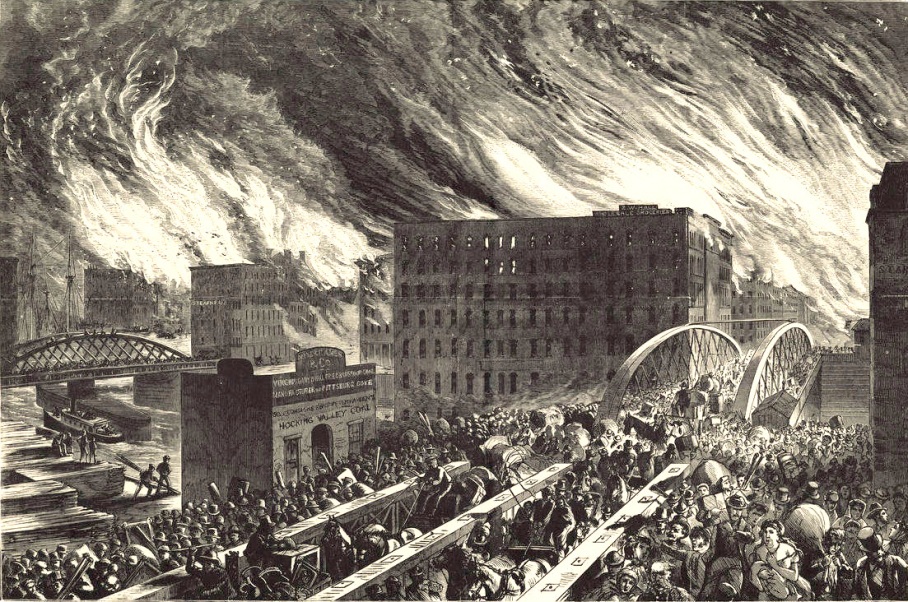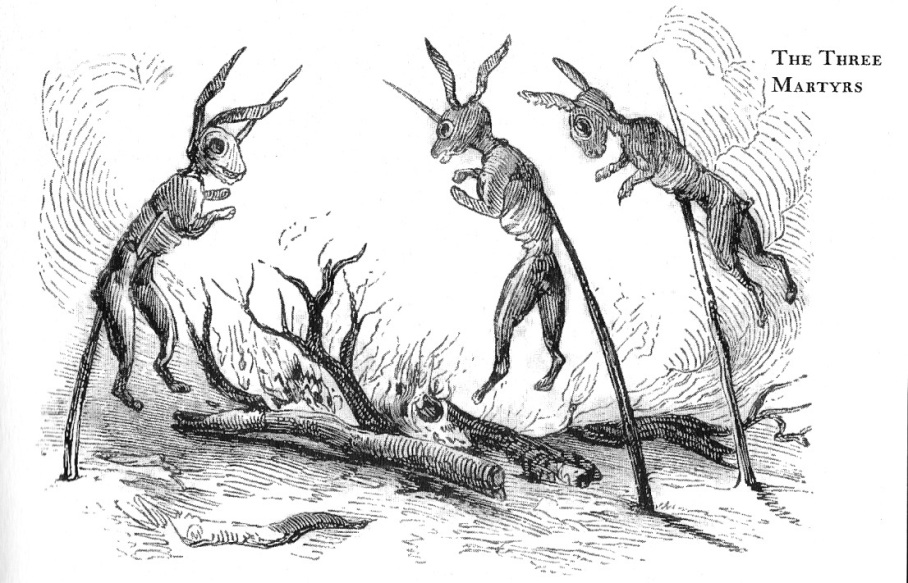– President Donald Trump, March 18, 2020

“It’s a war” is the mother of all metaphors when people talk about disease. Patients, doctors, and fundraisers for charities vow to fight an “invisible enemy.” Who is the enemy? Mosquitos and bacteria might qualify with diseases like malaria and tuberculosis, but the most potent killers in societies like ours are heart disease and cancer, and the enemy is us – our own clogged plumbing and cells gone haywire. With pop-up viruses like COVID-19 and flu, the “enemy” is a protein blob, not a living thing in the usual sense: more like a self-propagating chemical than a bug.
Might as well declare “war” on lime scale or rust.
The war metaphor is first declared in primary school, where children learn the immune system is an army that attacks invaders with an array of specialized weapons – white blood cells, fever, and a flood of fluids. In action, the immune system could just as well be compared to a mob of villagers with pitchforks, torches, and too many tankards of ale – sometimes killing the patient along with the germ.
In the context of a life-threatening disease, such as cancer, the war metaphor is meant to affirm the value of a human life. Never surrender. The “fight” is stubborn resistance – against the pain of scorched-earth treatments like radiation and chemotherapy. Victory is a Korean standoff called remission.
In the context of a pandemic, “war” means casualties piling up in hallways and hospital staff under constant threat. Chaos and waste: 21st century diagnostic machines and not enough cotton swabs.
COVID-19 killed more Americans in three months than the wars in Iraq, Afghanistan, Vietnam, and Korea. Throughout history, deaths from plague, smallpox, cholera, meningitis, and other diseases have far outrun military casualties. The “war against disease” is a tail wagging the dog.
Humans have the instinct for fight-or-flight, and we are fascinated by battle to the death, so the appeal of the war metaphor is understandable – even though most of our accomplishments and well-being arise from purposeful work: cleaning, patching, lacing, fencing, planting, pruning, digging, damming, etc. The cure for rust is preventive maintenance, not micro-ninja commandos equipped with tiny missiles.
Illustration: Immune system during flu season by Dan Page, Purdue University newsletter (January 15, 2020)






